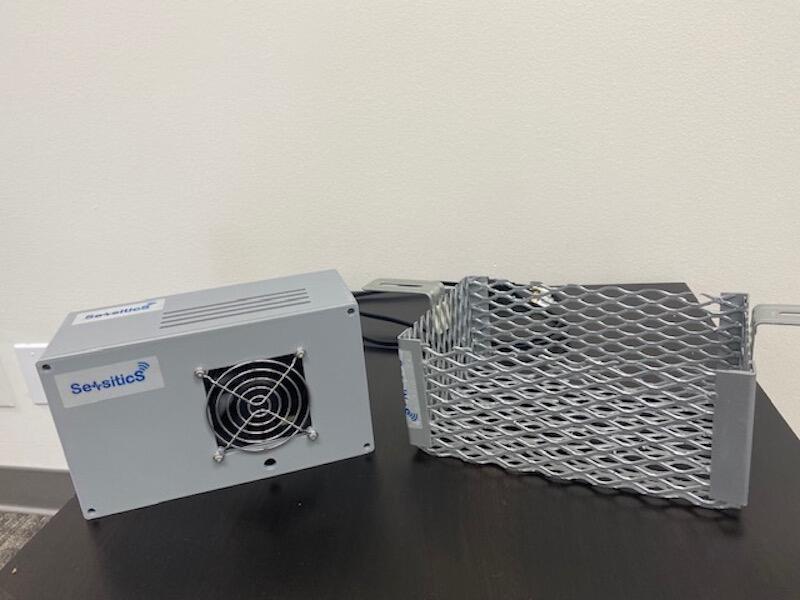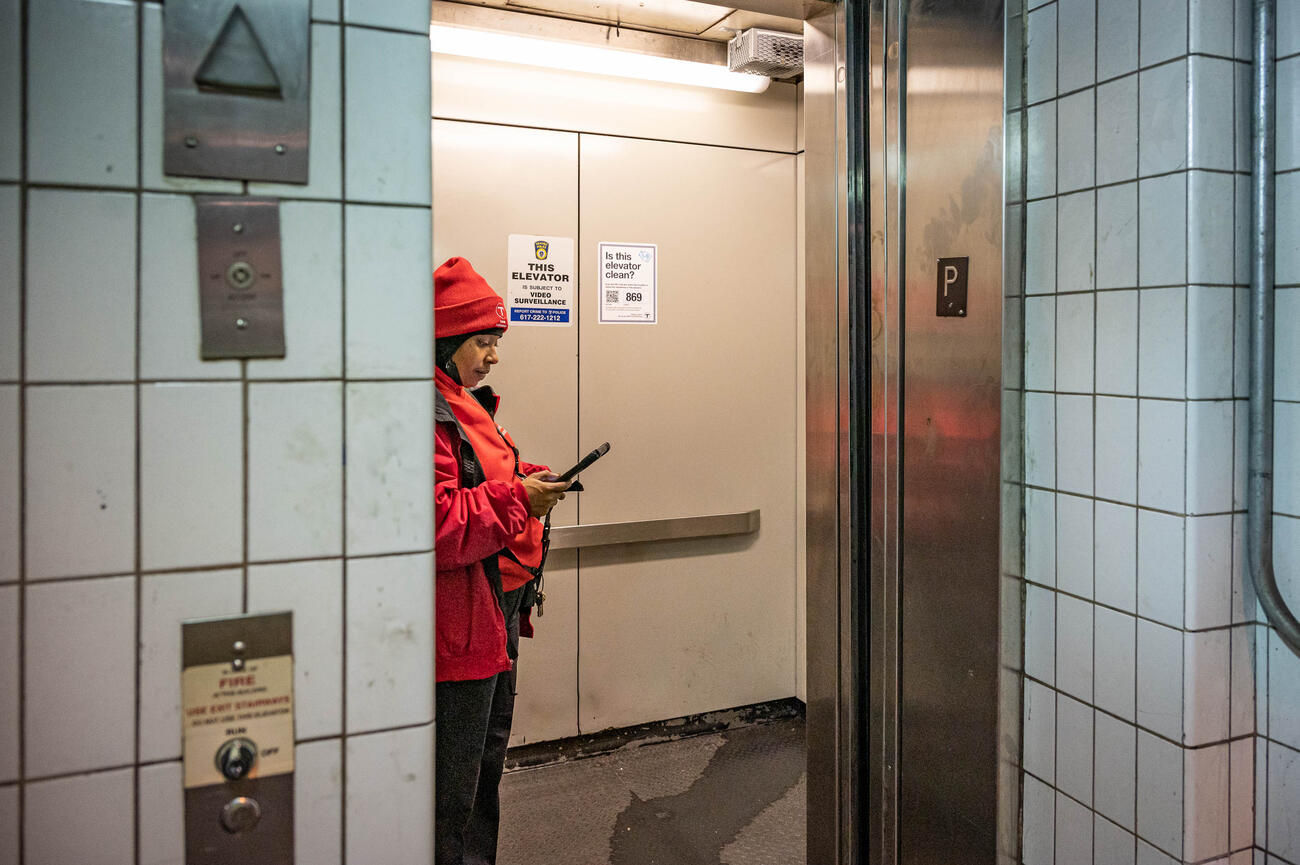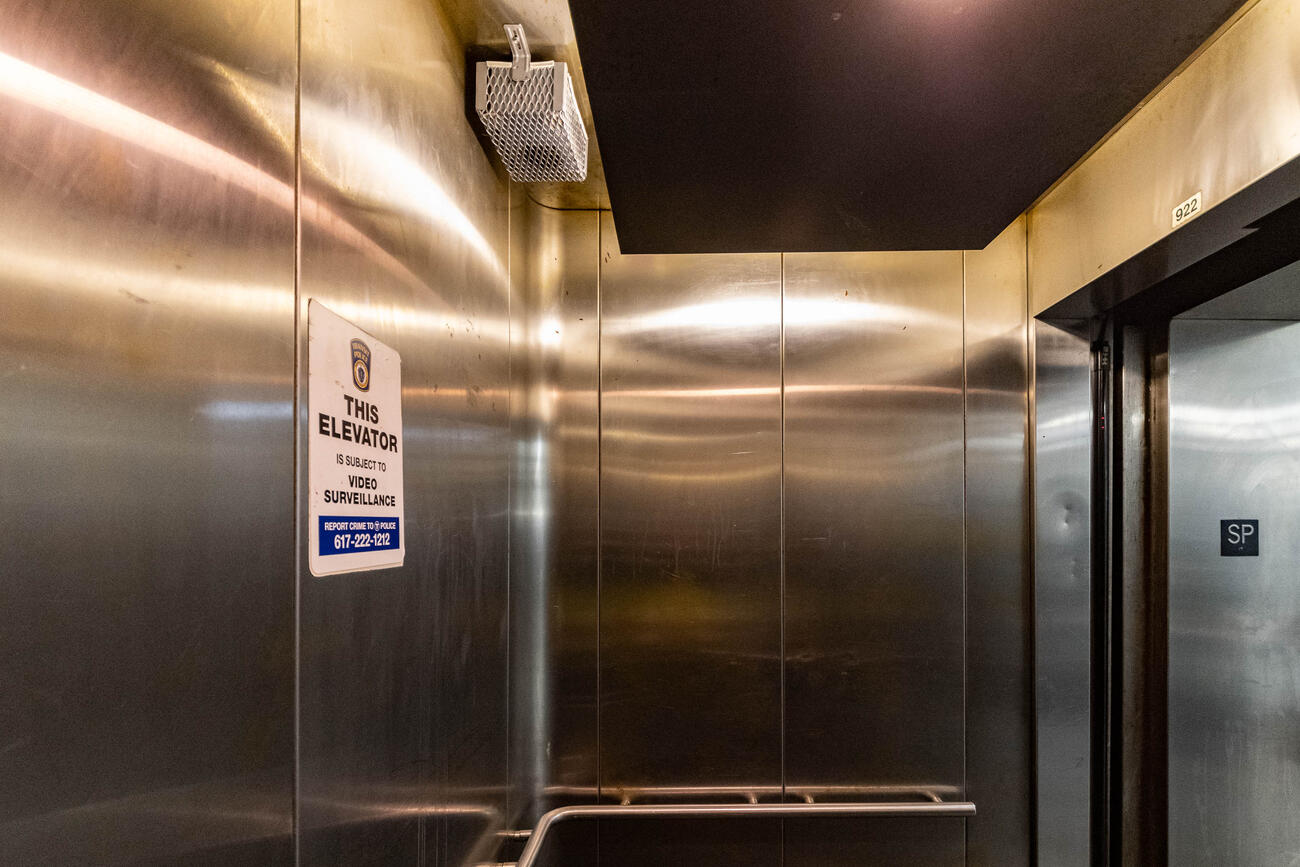Urine Detection in Elevators: A Pilot
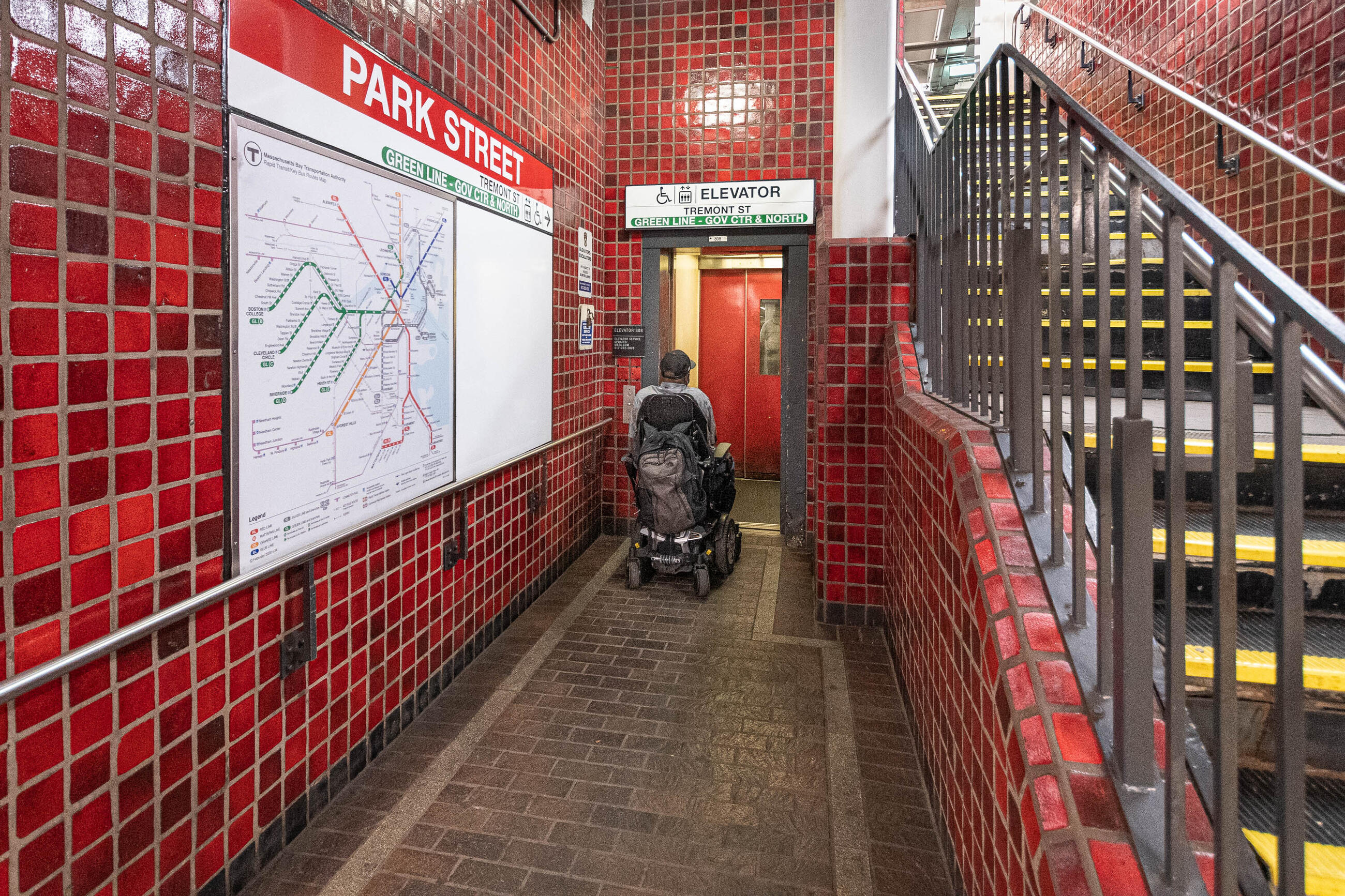
The MBTA manages more than 180 elevators system-wide. Many riders depend on them for a variety of reasons: people who use a mobility device, families with strollers, people who depend on transit for groceries, tourists with luggage, or people who aren’t able to take the stairs. Elevators make our transportation system more accessible to everyone.
Unfortunately, people sometimes use those elevators as restrooms. This is a huge problem for riders, and for the MBTA teams who clean and maintain the elevators. Human waste is not only unsanitary, it’s also corrosive.
What We’ve Tried So Far
In 2018, we created a task force to improve elevator cleanliness. The task force made a plan that includes:
- A performance-based station cleaning contract
- Replacing elevator flooring with materials that that resist liquid absorption
- More monitoring by station officials and the Transit Police
- Routine checks by station officials and Transit Ambassadors of every elevator over the course of their shift
- Data collection on how often each elevator is found to be unclean
But elevator cleanliness continues to be a problem, so we continue to push for solutions.
Why not just build more bathrooms?
Sometimes it’s not feasible, and we’ve found that more bathrooms don't always solve the problem.
Building new bathrooms at existing stations is complex, and many MBTA stations don’t have the space for it. Restrooms are available for riders at a number of our stations. However, people often use elevators as restrooms even when restrooms are available.
About This Pilot
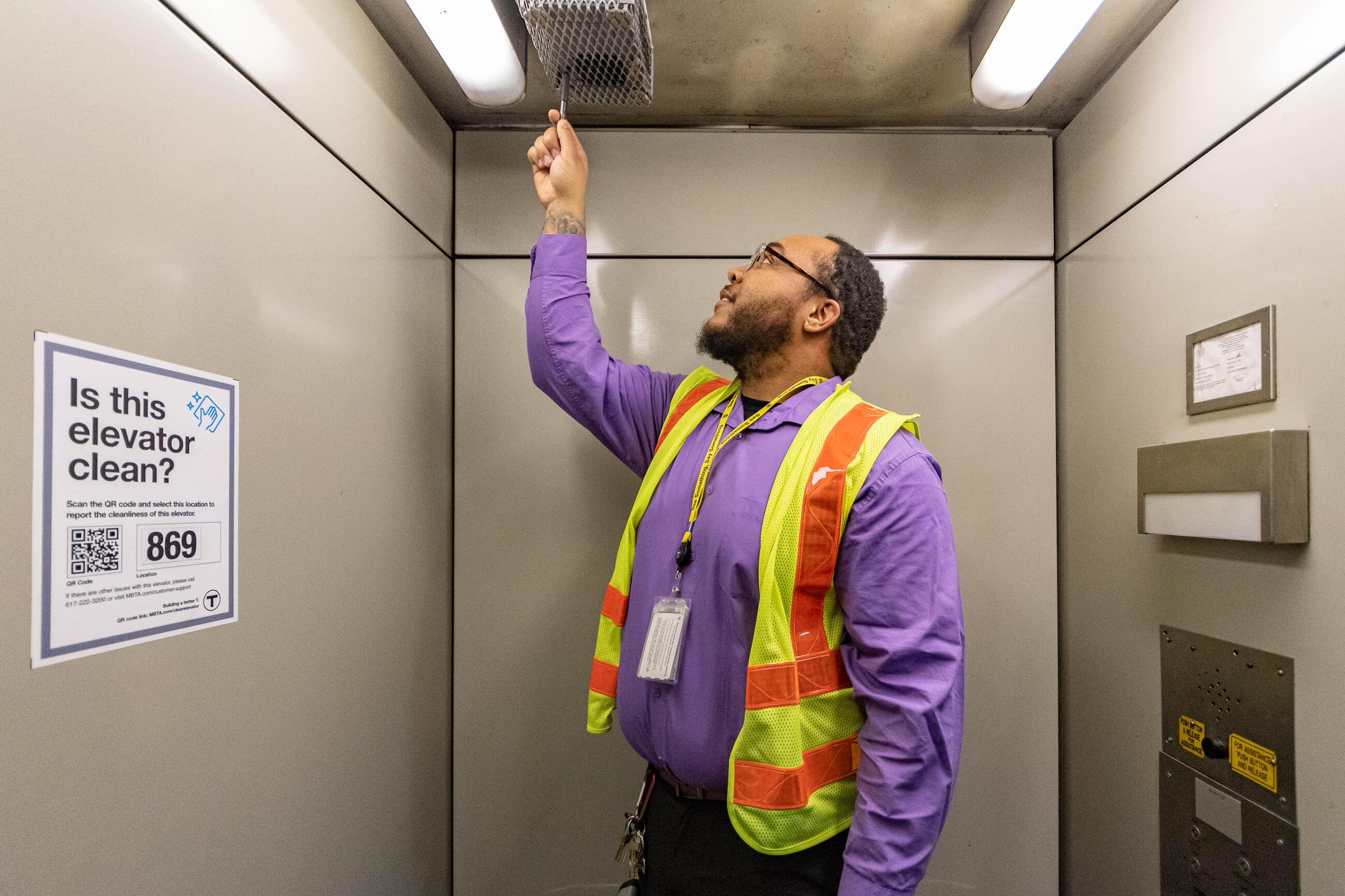
From October 2022 to January 2023, we ran a pilot study to evaluate the effectiveness of a sensor that detects the presence of urine in an elevator cab. We installed and monitored the sensors in four elevators in three downtown stations: Chinatown, Downtown Crossing, and Park Street.
Elevator cleanliness is a major issue for riders and an expensive problem for the MBTA. We wanted to determine whether this urine detection sensor might be a cost-effective addition to our current elevator cleanliness methods.
Study Results and Conclusion
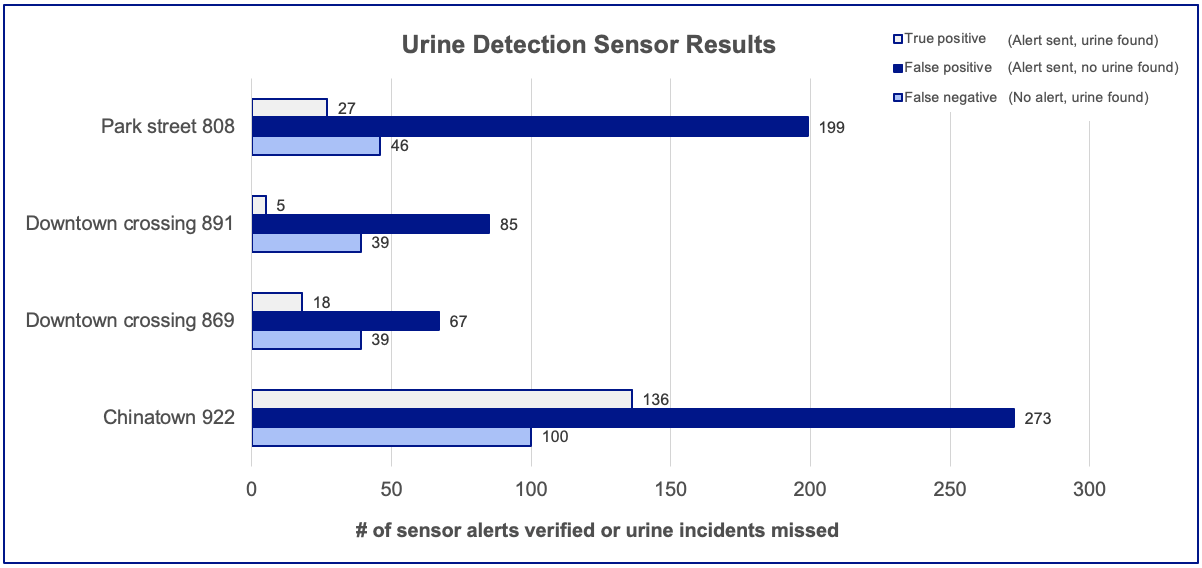
We learned that real-world conditions like temperature, people camping in elevators, cigarette and marijuana smoke, and smells on riders’ clothing make isolating urine particles (not just the smell of it) very difficult for the sensors.
Because of this, the sensor was not nearly as accurate as we’d hoped, as shown in the bar chart above. Notably, we found:
- Chinatown elevator 922 had the best true positive rate at 58%. It had the most urine incidents and the best sensor mounting conditions due to the low ceiling and small cab.
- Park Street elevator 808 had the worst false positive rate at 273%. This was partly because of heavy foot traffic and partly because an individual was encamped by the elevator and smelled strongly of urine, generating a spike in false positives.
- Downtown Crossing elevator 891 had the worst false negative rate at 89%. This was because it was the largest pilot elevator and the ceiling was about a foot taller than the other elevators.
We also learned that the underlying problem is a lot worse than we thought. In 12 weeks we counted 410 urine incidents in our four pilot elevators—more than half of which were Chinatown elevator 922.
Based on these results, this urine detection sensor is not a cost-effective addition to our current elevator cleanliness methods. We don’t plan to continue or expand our use of this sensor. However, the MBTA will continue to improve existing processes and explore new solutions so that we can make our elevators cleaner and more comfortable for riders.
